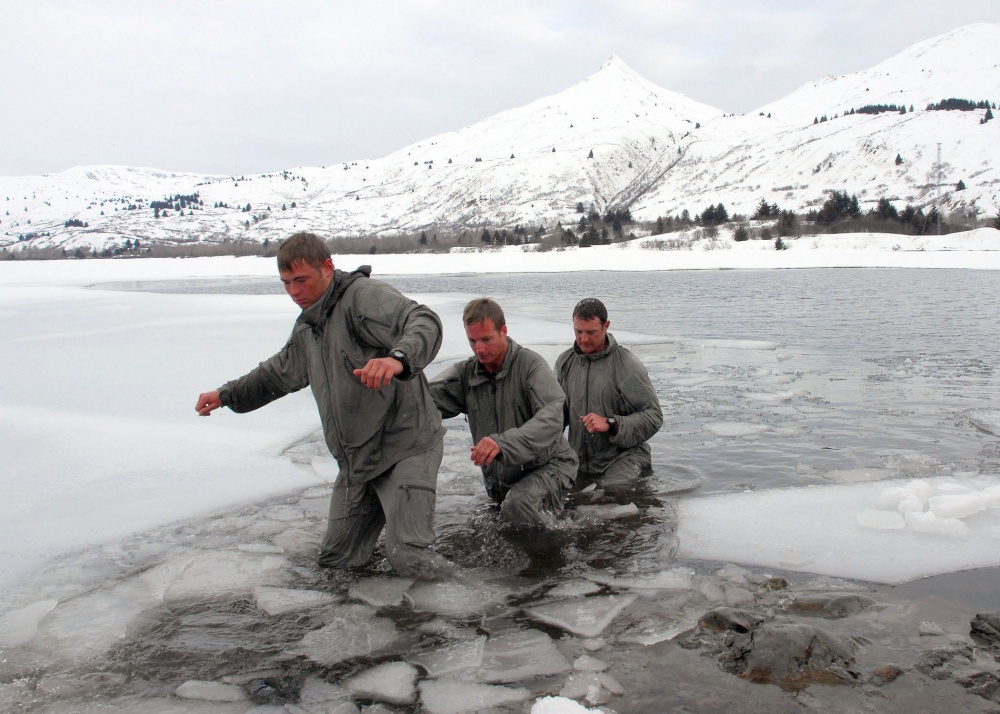A few times every year, survival specialists from across the military flock to the “Cool School,” where they are indoctrinated in the frigid art of arctic survival.
The Cool School brings together the military’s top Survival, Evasion, Resistance, and Escape (SERE) specialists from across the country.
With temperatures as low as -60 degrees Fahrenheit and winds as high as 50 miles per hour, the Cool School offers one of the toughest environmental conditions that can be found in military courses. But for a good reason. Cool School graduates will go on to teach special operators, pilots, and other high-risk personnel about arctic survival.
The latest iteration of the Barren Land Arctic Survival training course, as the Cool School is officially known, took place in January in Barrow, Alaska.

Related: Frosted Misery: A Navy SEAL in SERE School
“It’s the experiential factor that enables Air Force SERE specialists to provide the highest standard of arctic training to the Department of Defense,” U.S. Air Force Master Sergeant Garrett Wright, the 66th Training Squadron’s the Detachment 1 Arctic Survival School superintendent, said in a press release.
You know a course is hardcore when aside from an independent medical duty technician, which is pretty normal for a course, there are two Security Forces airmen on standby for medical emergencies and polar bear guard.

Related: Night jumps and cracking ice: A true story of Green Berets in Alaska
“Our students have a unique opportunity to learn from the indigenous people, so they can come to a better understanding of the cultural influences that enabled them to survive in such a harsh region for thousands of years,” U.S. Air Force Maj. Tyler Williams, the 66th Training Squadron’s Detachment 1 commander.
“Before all of this modern equipment, it was the cultural values and practices that allowed them to thrive in this region. It doesn’t matter if you’ve got the best equipment or aircraft in the world. If you don’t have the right training, the Arctic environment will kill you.”
Lately, the Pentagon has been paying more attention to arctic warfare, and as a result, arctic survival, mainly because of the geopolitical competition that has been taking place around the Arctic Circle, and the natural resources it holds.
Read more from Sandboxx News:
- Operation Deep Freeze: How the US military supplies Antarctica
- The ultimate guide to gifts for Soldiers this holiday season
- 5 items to make your field exercise less miserable
- 4 everyday items the military adapted for use on the battlefield
- US Marine saves local resident’s life, credits his training
This article was originally published 3/2/2021
Feature image: DoD photo


